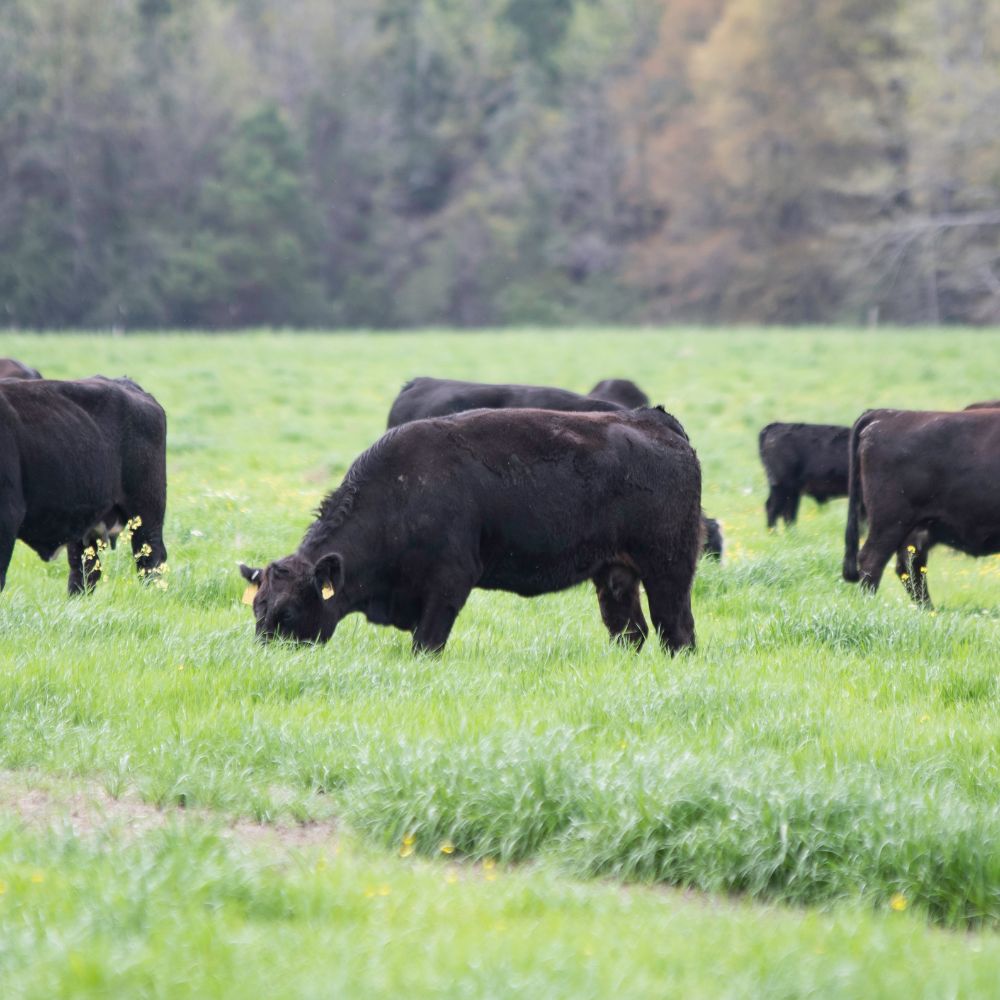Fascination About Bagley Risk Management
Table of ContentsThe 45-Second Trick For Bagley Risk ManagementThe 45-Second Trick For Bagley Risk ManagementBagley Risk Management Fundamentals ExplainedHow Bagley Risk Management can Save You Time, Stress, and Money.The Best Guide To Bagley Risk ManagementThe smart Trick of Bagley Risk Management That Nobody is Discussing
When your contract reaches its end day, the last price is determined utilizing the CME Feeder Livestock Index. If the index falls listed below your contract's coverage rate, you might be paid the distinction.Livestock Risk Defense (LRP) is a USDA subsidized insurance coverage program that assists shield manufacturers from the risks that come from market volatility. With LRP, manufacturers are able to insure a flooring cost for their cattle and are paid an indemnity if the marketplace value is less than the insured rate.
This product is planned for. What is LRP.
Some Known Details About Bagley Risk Management

In the last couple of months, several of us at FVC and PCM have gotten concerns from producers on which threat management device, LRP vs. Futures, is much better for a pork manufacturer? Like a lot of devices, the answer depends upon your operation's objectives and scenario. For this edition of the Dr.'s Corner, we will check out the situations that have a tendency to favor the LRP device.
In Mike's evaluation, he compared the LRP estimation versus the future's market close for each day of the past two decades! The percentage revealed for each month of the offered year in the very first section of the table is the percent of days because month in which the LRP computation is less than the futures close or to put it simply, the LRP would possibly indemnify even more than the futures market - https://myanimelist.net/profile/bagleyriskmng. (Cattle insurance)
As an example, in January 2021, all the days of that month had LRP potentially paying more than the futures market. Conversely, in September 2021, all the days of that month had the futures market potentially paying greater than LRP (no days had LRP less than futures close). The propensity that reveals itself from Mike's analysis is that a SCE of a LRP has a greater chance of paying much more versus futures in the months of December to May while the futures market has a greater chance of paying extra in the months of June to November.
Some Ideas on Bagley Risk Management You Need To Know

50 or $5. 00). As an instance, in 2019, LRP was far better or within a $1. 25 of the futures market over 90% of the days in all the months except June and August. Table 2 illustrates the ordinary basis of the SCE LRP estimations versus the future's close for the given time frameworks each year.
Again, this information sustains more probability of an SCE of a LRP being better than futures in December through May for many years. As a common caution with all analysis, past performance is NO assurance of future performance! Additionally, it is essential that producers have accounting procedures in position so they know their cost of production and can better determine when to make use of threat monitoring devices.
The Definitive Guide to Bagley Risk Management
Some on-farm feeders might be pondering the requirement for cost protection at this time of year on calves maintained with the intent to feed them to a finish weight at some time in 2022, using readily available feed sources. Despite strong fed livestock rates in the current neighborhood market, feed expenses and present feeder calf values still make for tight feeding margins relocating forward.
The existing average auction cost for 500-600 extra pound steers in Nebraska is $176 per cwt. This suggests a break-even cost of $127. The June and August live livestock contracts on the CME are currently trading for $135.
Cattle-feeding ventures have a tendency to have tight margins, like many agricultural ventures, due to the competitive nature of the company. Livestock feeders can bid extra for inputs when fed cattle prices increase. https://canvas.instructure.com/eportfolios/2717035/Home/Bagley_Risk_Management_Safeguard_Your_Livestock_with_LRP_Insurance. This raises the price for feeder livestock, in particular, and somewhat raises the prices for feed and other inputs
Bagley Risk Management - Questions
Nebraska cattle are close to major processing facilities. As a result, basis is positive or absolutely no on fed cattle throughout much of the state.
Only in 2020 did the LRP insurance coverage cost exceed the ending value by sufficient to cover the costs expense. The net effect of having this LRP insurance coverage in 2019-20 was significant, including $17. 88 per cwt. down line. The outcome is a positive ordinary web result over all five years of $0.
37 The producer costs decreases at lower protection levels however so does the insurance coverage price. The result is a lower internet result (indemnity costs), as protection degree decreases. This mirrors lower reliable degrees of defense. Since producer premiums are so reduced at lower coverage degrees, the producer loss ratios (indemnity/premium) rise as the protection degree declines.
All About Bagley Risk Management
As a whole, a manufacturer ought to check out LRP coverage as a system to protect output price and succeeding earnings margins from a risk click administration viewpoint. Some producers make an instance for guaranteeing at the lower degrees of insurance coverage by focusing on the decision as a financial investment in risk monitoring security.
